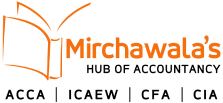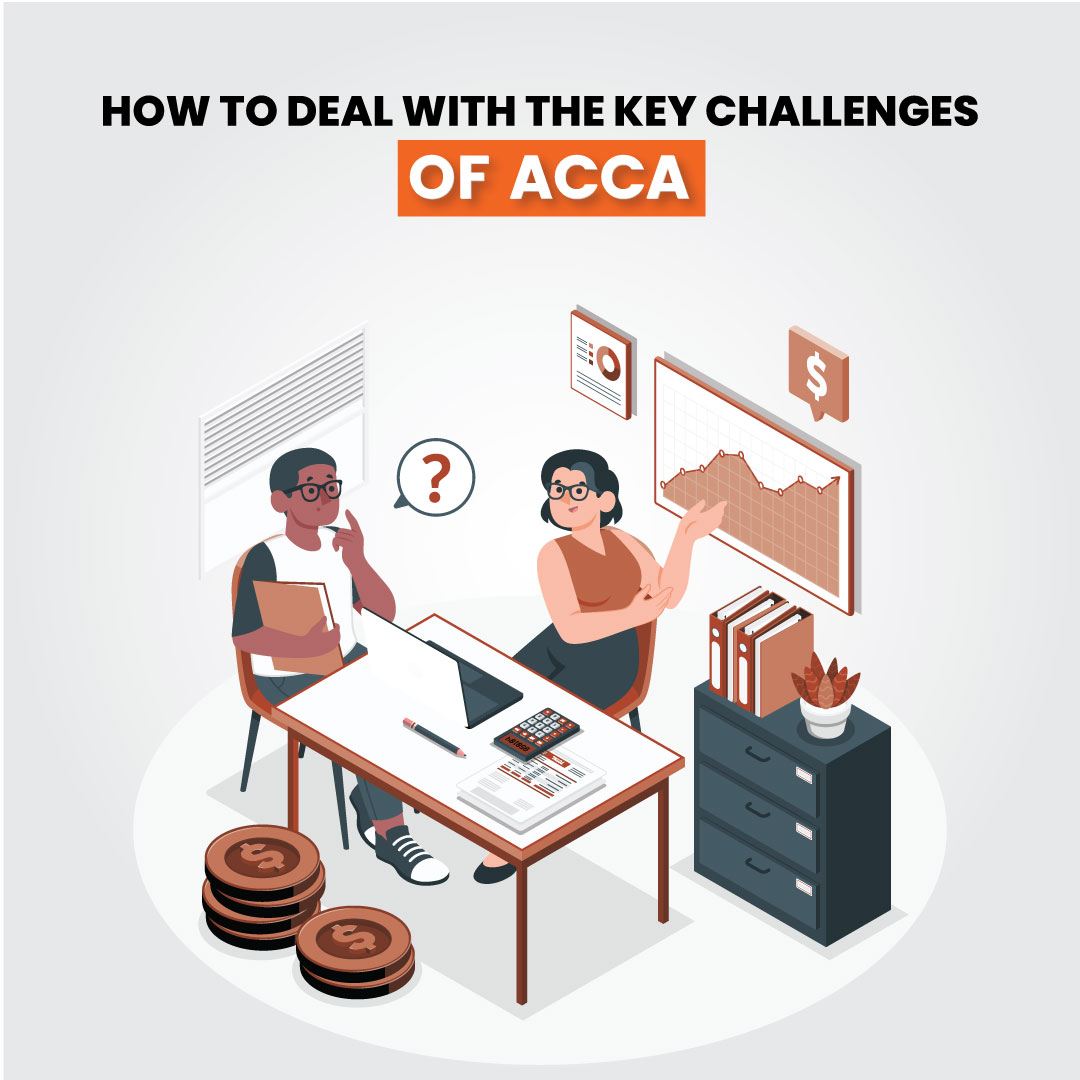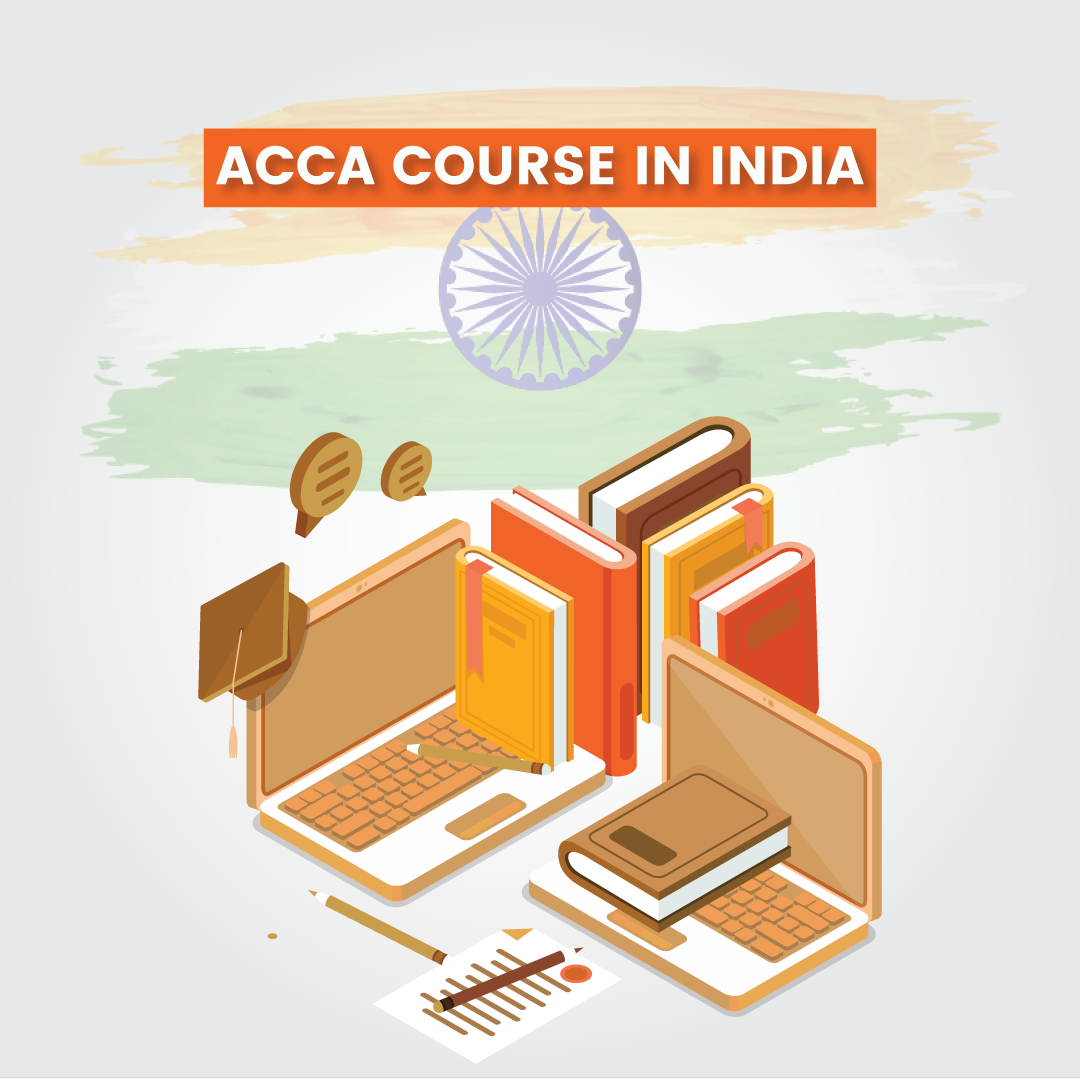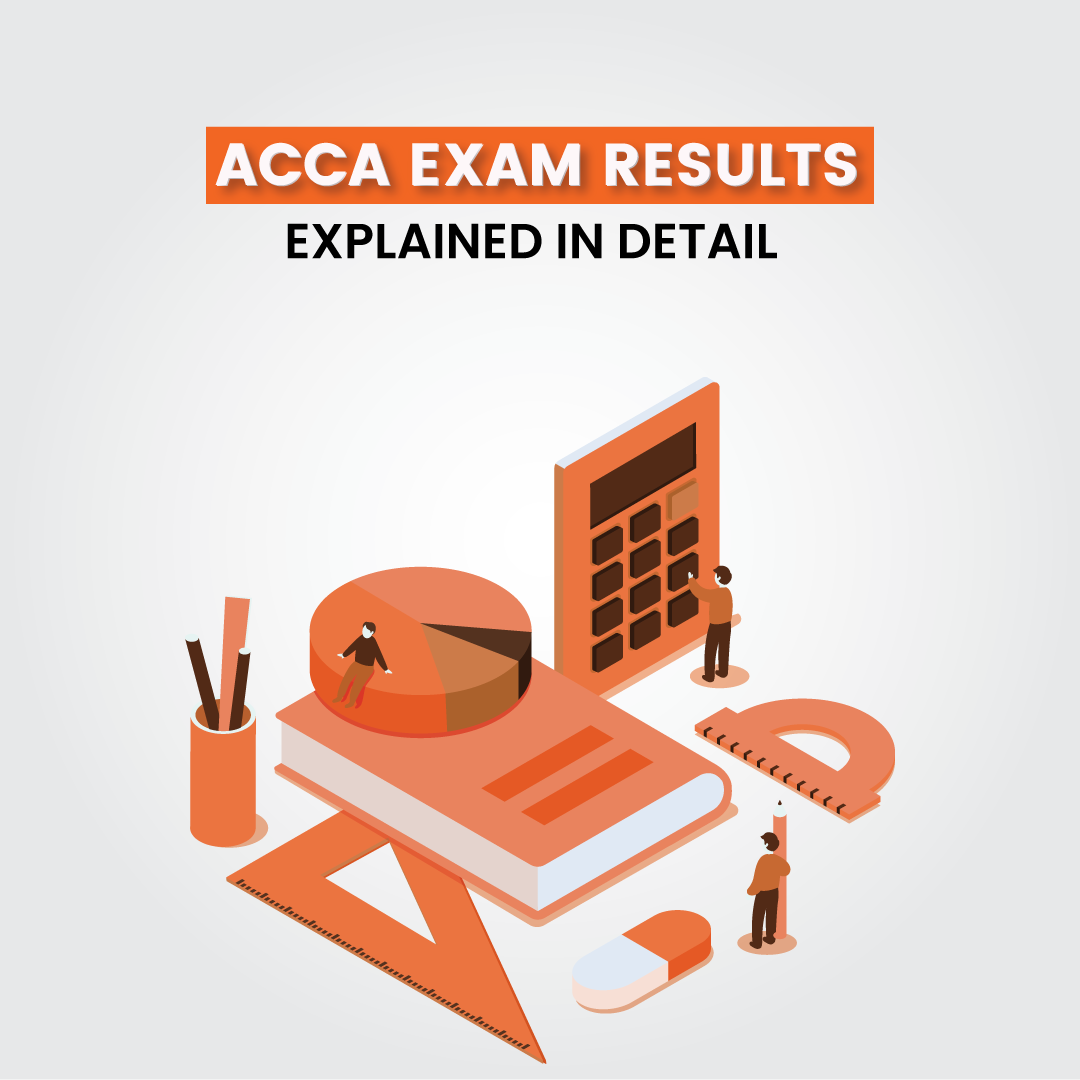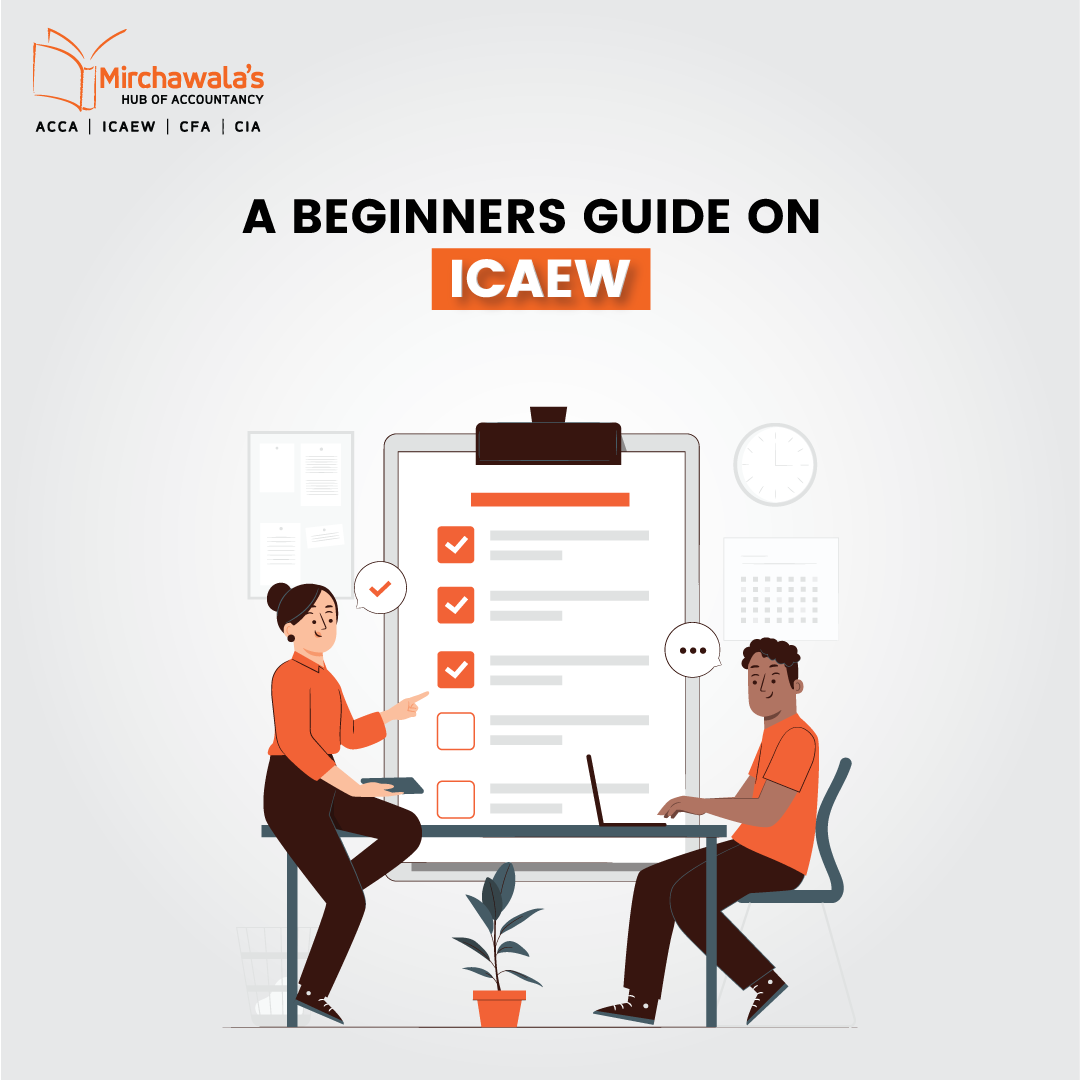Comprehensive Guide to SBL ACCA Exam | History, Recent Changes, and Exam Structure”
Among the 17 papers comprising the ACCA curriculum, the Strategic Business Leader (SBL) paper stands out with its distinctive characteristics. This paper holds no affiliation with any other papers in the ACCA Applied Skills or ACCA Foundation Diploma (AFD) levels. however, in the F1/FBT ( business and technology ) exam of ACCA, you have seen the smallest promo of the SBL exam.
Before the establishment of the SBL paper, the examination structure included two papers, P1 and P2. P1 focused on corporate governance and ethics, while P2 is based on business analysis. Together, these exams demanded a total of 6 and a half hours, assessing students through multiple case studies of up to 3000 words.
In the transition to the SBL paper, a shift occurred. It is essential to note that SBL is not a mere amalgamation of P1 and P3; rather, it introduces a wholly unique approach. Despite this distinction, the syllabus outline shares some similarities with the previous papers.
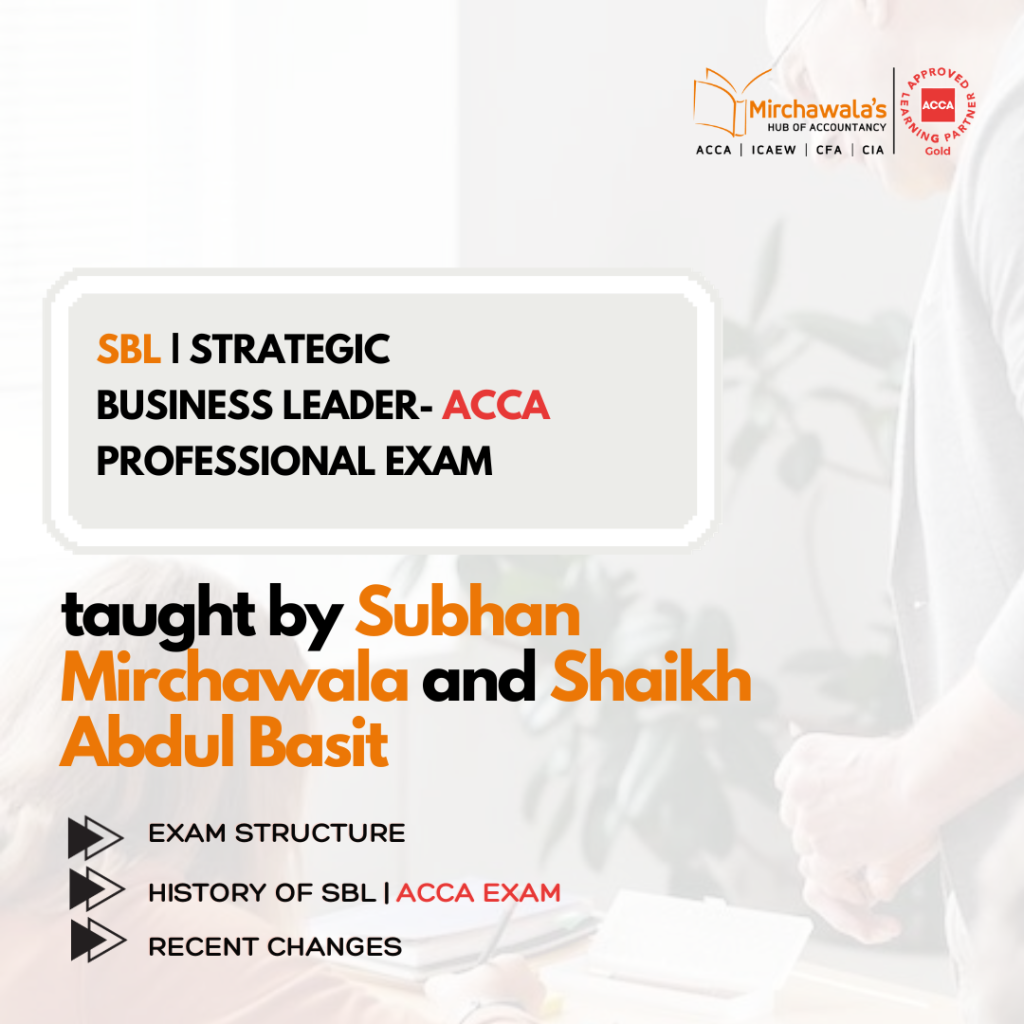
In alignment with the updated syllabus and examination format of SBL, a departure from past examinations is evident. Unlike its past exam structure, the SBL examination offers no choices, presenting a singular case study comprising 10,000 words (equivalent to 10 pages). The imposition of this format underscores the need for effective and efficient reading skills, requiring candidates to complete the comprehensive case study within a four-hour timeframe.
A notable advantage of this revised structure is the elimination of multiple case studies, contrasting with the previous P1 and P3 examinations. Students are now singularly focused on one organization, one business structure, one product, one management, and one board. This concentrated approach in SBL eliminates the need to navigate through diverse scenarios presented in multiple case studies, a positive aspect acknowledged within the SBL framework.
Expectations for the SBL ACCA exam differ significantly, as questions no longer revolve around how, why, or descriptive elements. There is no requirement to memorize authors’ theories or models; rather, a clear understanding of concepts is necessary
A strategic and project-oriented mindset is required in this paper. Acting as a consultant for a client becomes the modus operandi when approaching case studies in the SBL exam. Students will now have to shift perspective from mid-tier and operational levels(which was indeed a requirement for skill level ACCA papers F4 – F9 ) to strategic and decision-making levels is the initial step toward mastering SBL.
In the words of Sir Subhan Mirchawala, this paper is considered as the most practical within any qualification. He asserts that even if one were to combine all the papers from other chartered accountancy qualifications, they would not equate to the depth and complexity in the singular SBL paper of ACCA.
In the financial reporting papers, where students engage in the analysis of financial statements and accompanying disclosures, the Strategic Business Leader (SBL) ACCA paper adopts a similar approach by furnishing students with Appendix 1, 2, 3, and 4. The examination questions provide candidates with simulated Board of Directors meetings, featuring identifiable directors engaging in arguments and debates.
This format is designed to replicate the experience of actively participating in such corporate sessions. The examiner provides materials such as board meetings, interviews, comprehensive customer surveys, and relevant external sources like business journal articles, budgets, cash flow forecasts, and investment projects to the organization under consideration.
The practical orientation of the SBL paper is further underscored by the inclusion of visuals, including images of the Chief Financial Officer (CFO) and other board members.
This novel approach is a distinctive feature of the SBL paper within the ACCA qualification, offering an unparalleled experiential learning opportunity. It is imperative to note that the SBL assessment transcends traditional numerical calculations, departing from evaluating proficiency in mathematical techniques and formulas. Instead, candidates are challenged to articulate insights to strategic decision-makers, specifically addressing the interpretation of profitability and liquidity ratios. This strategic-level discourse avoids focusing on numerical fluctuations rather broader perspective is required.
The initial page serves as an introduction, while the subsequent three to four pages exclusively present examination requirements. The remaining pages encompass supplementary information of the SBL examination.
Modern course outline | ACCA SBL (strategic business leader)
This course consists of a thorough examination of diverse environmental and business structure models. Distinct from a single-country focus, this paper constitutes a global qualification, therefore SBL ACCA is considered to be forward-looking in nature. As such, a proactive approach is imperative to navigate through the content provided by the examiner.
The examination structure departs from route learning methodologies, aligning itself with progressive perspectives. Consistently, candidates are tasked with explaining insights on growth and potential benefits, reflecting the dynamic and forward-thinking of the organization provided in the case study However this depends on the requirement given by the examiner.
This paper is consistently formulated and structured around current scenarios and real-world applications.
The SBL paper rigorously examines a spectrum of contemporary business dynamics, encompassing the intricate nuances of global business operations. It consists of the complexities associated with the shift of businesses across borders, and understanding the strategic considerations and challenges faced by management in such international transitions.
Additionally, the examination SBL ACCA extends its reach into clever changing technologies, evaluating candidates’ comprehension of IT-related concepts such as big data, cloud databases, E-marketing through cloud-based applications, SEO (Search Engine Optimization), artificial intelligence, and social media marketing.
The paper also explores the strategic implications of supply chain management, requiring candidates to navigate, coordinate, and optimize the flow of goods and services across various channels.
The SBL(strategic business leader ) paper serves as a comprehensive assessment of candidates’ proficiency in addressing the multifaceted challenges presented by today’s fluctuating business environment, ensuring a thorough understanding of global business trends and the strategic integration of advanced technologies.
SBL(STRATEGIC BUSINESS LEADER )ACCA Exam Structure
- Integrated case study with varying assignments, each task may have Professional Skills marks. Total marks: 100, including 20 Professional Skills marks.
- 4-hour duration, which includes Reading, Planning, and Reflection time (RPRT) that can be utilized flexibly during the exam.
- Broader syllabus compared to other Professional Qualifying Level exams.
- Fully integrated exam format, substantial use of Professional Skills marking.
- Recommended 50% more learning time due to the broader syllabus, case study practice, and emphasis on professional skills demonstration.
How to gain professional and technical marks in SBL ACCA (STARTEGIC BUSINESS LEADER)
- Start emphasizing professional skills early in your studies.
- SBL exam: Apply technical and professional skills (20 marks).
- Professional skills are key to earning 80 technical marks.
- EPSM enhances ethical and professional behaviors.
- EPSM includes interactive learning, support, and assessments.
- Completing EPSM boosts SBL exam success.
- Integrate EPSM for thorough preparation.
Recent changes| SBL ( Strategic Business Leader )
Following recent changes, you will now receive pre-seen information in your SBL exam, providing details about the industry, country background, business model, and structure related to the case study. This allows you to approach the exam with a predetermined mindset, aiding in the anticipation of potential questions. If you have prior involvement with the industry, either as a consumer or employee, this process becomes even more straightforward and your chances of passing the SBL exam increases .
It is advisable to engage in practical experiences within corporate firms and industries after completing your skills level. This is particularly important because, in all strategic level papers of ACCA, the examiner assesses your skills set and expertise related to practical experience. Familiarizing yourself with the industry not only prepares you for the exam but also enhances the value of your technical and decision making expertise.
Access to Pre-seen Material:
Students now have access to pre-seen material two weeks before the exam.
The material includes information about the case study organization and its industry.
Alignment with workplace skills.
Ensuring the SBL exam meets the evolving needs of employers.
Focus on Strategic Thinking:
Emphasis on students demonstrating strategic thinking and professional skills rather than extensive reading during the exam.
Planning Ahead:
Pre-seen content available on Exam Planner two weeks before the exam.
Students advised to read and understand the material in advance.
No Additional Research Required:
Students encouraged to understand industry terms and activities within the pre-seen material.
No need for additional independent research as all relevant information is provided in the material or the exam itself.
Exam Duration Reduced:
- Changes in the duration of the exam.
- Reduction in Exam Exhibits:
- A decrease in the number of exam exhibits.
- Compulsory Tasks:
- Introduction of compulsory tasks.
Professional Skills and Response Area:
Adjustments in the evaluation of professional skills and response area.
What Remains Unchanged
Integrated Case Study:
The exam retains an integrated case study format.
Role Assignment:
Students continue to be assigned roles related to the case study, focusing on applying knowledge, strategic thinking, business direction, and problem-solving.
Closed Book Format:
The exam remains closed book.
Marking Structure:
The exam maintains an 80-technical marks and 20-professional skills marks distribution.
Syllabus Content:
While some changes to the study guide provide clarity to certain learning outcomes, the core syllabus content remains largely the same.
conclusion | SBL ( Strategic Business Leader )
In summary, the blog informs students about the changes in the SBL exam structure, the rationale behind these changes, and provides guidance on how to prepare for the revised format. It also outlines additional modifications to the exam and reassures candidates about the continuity of key aspects in the examination process.
